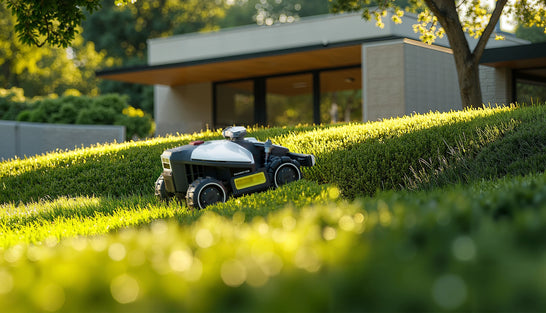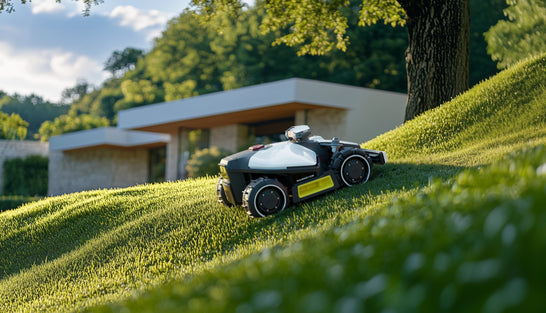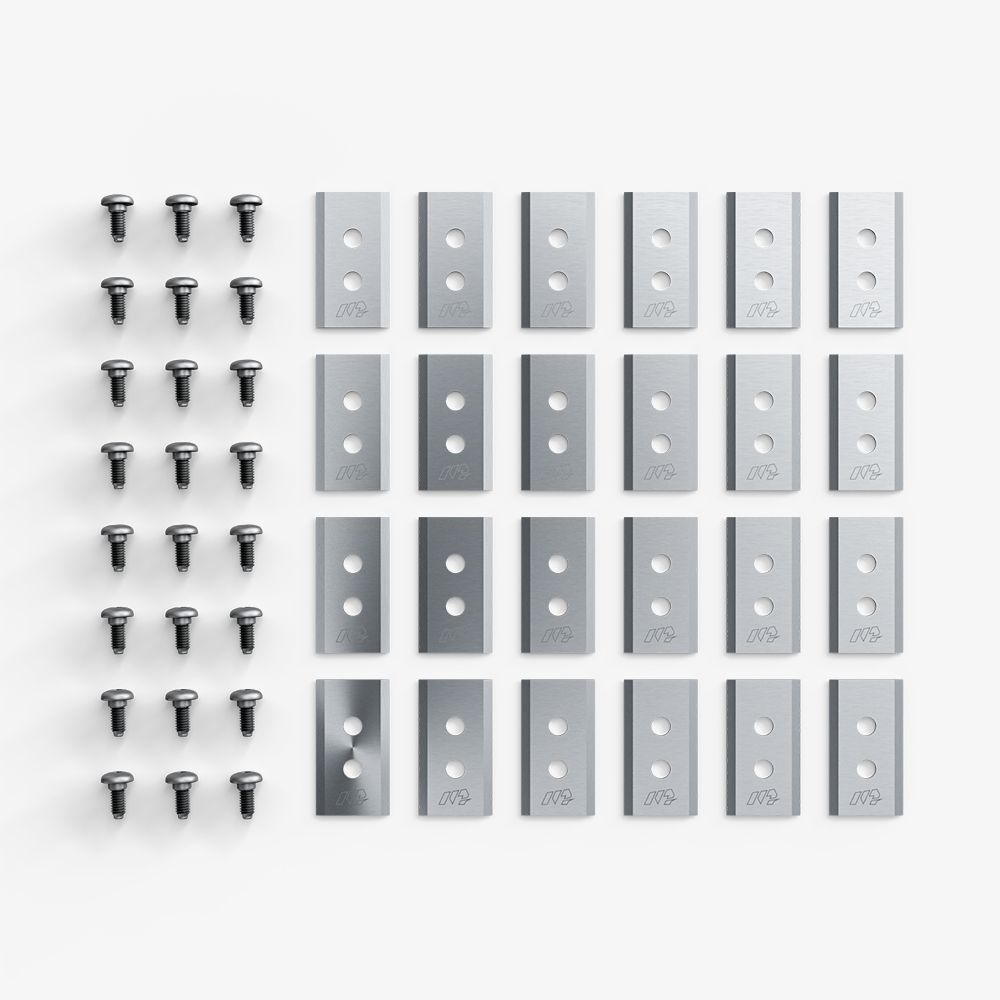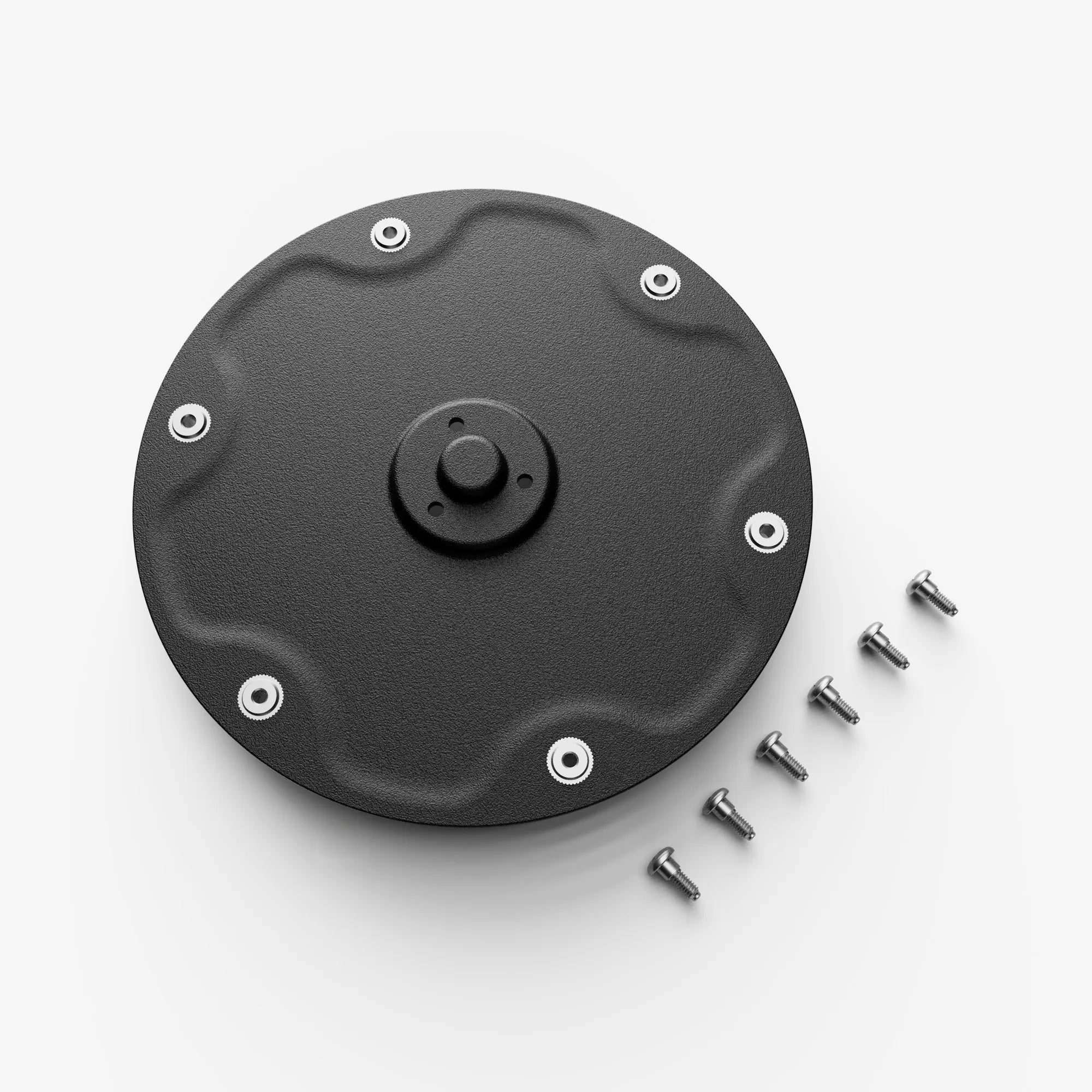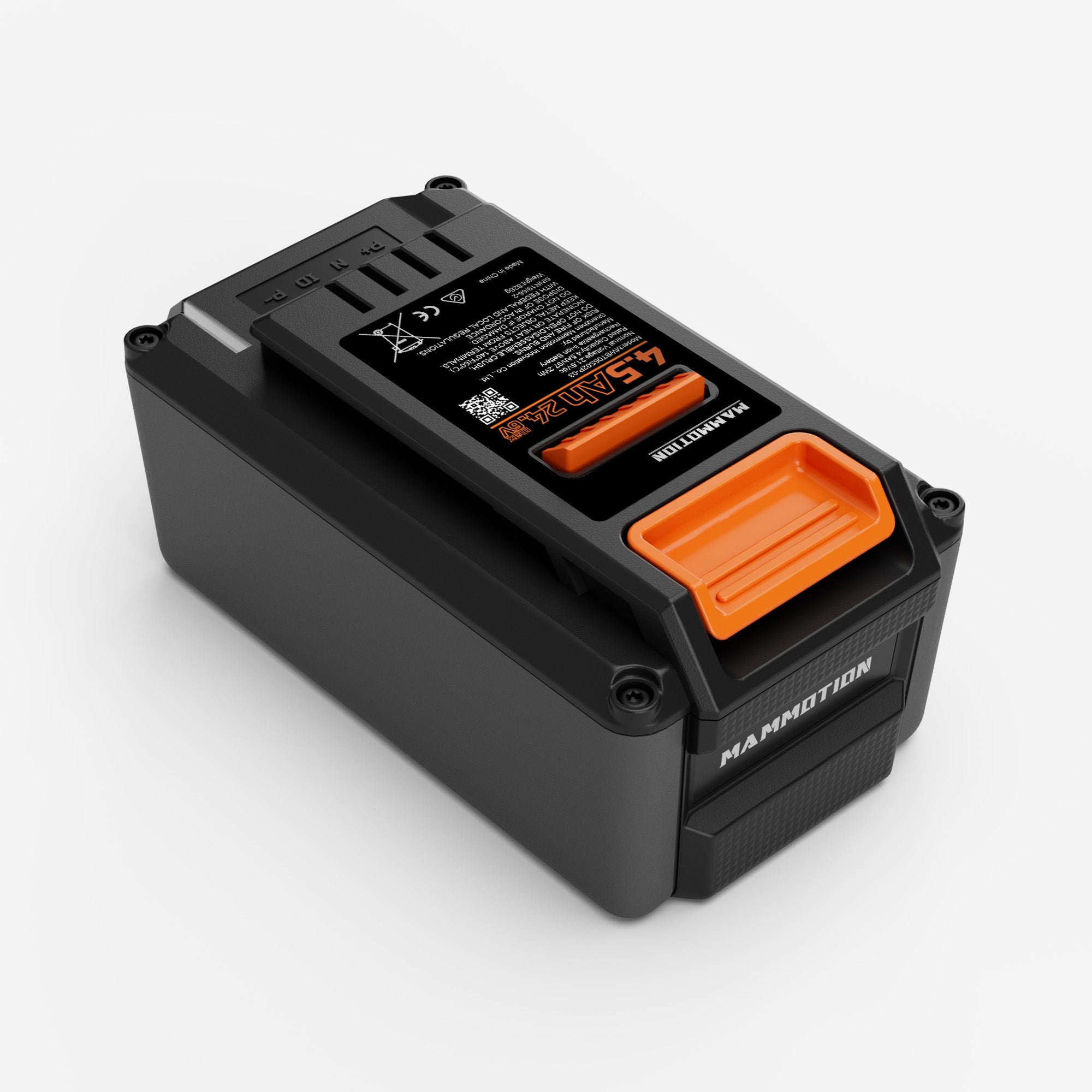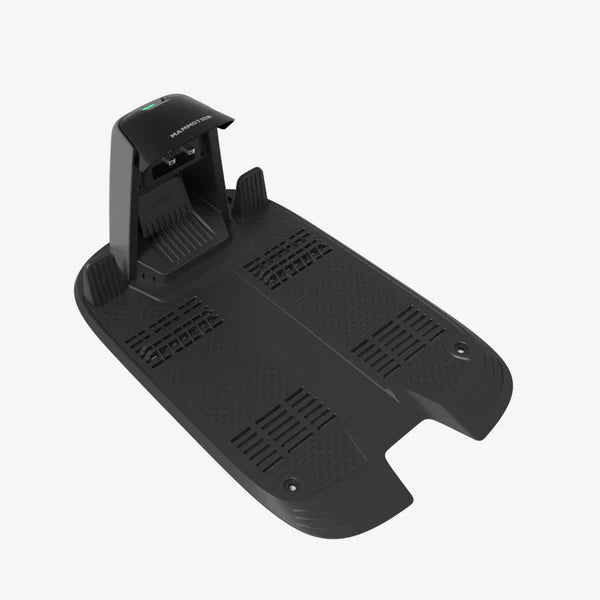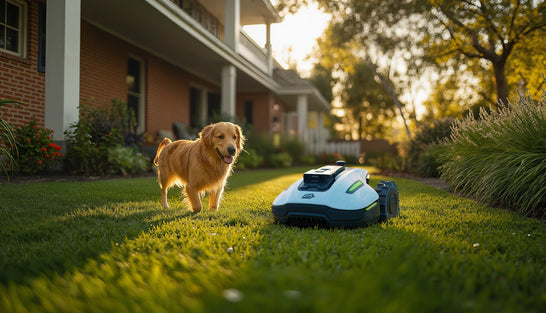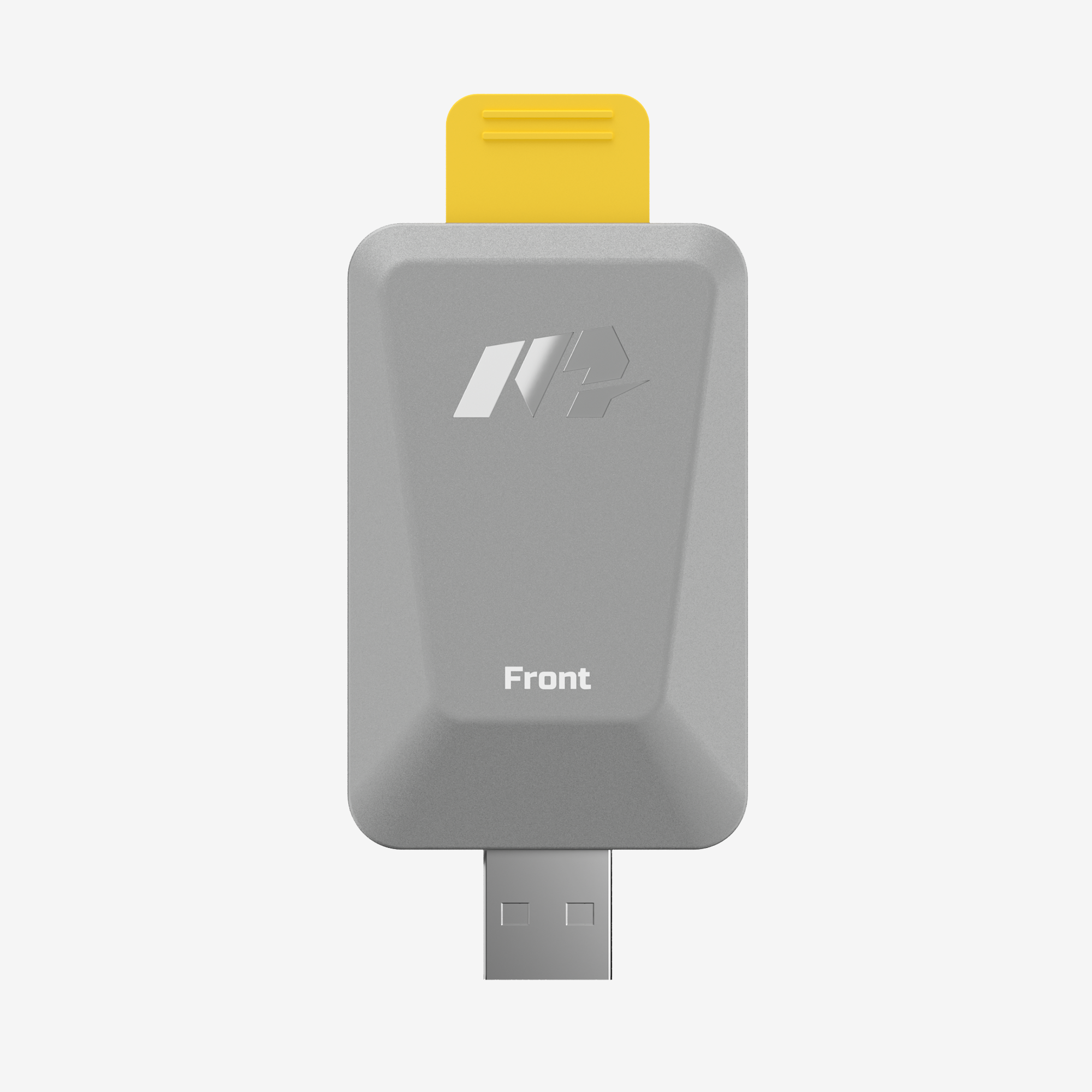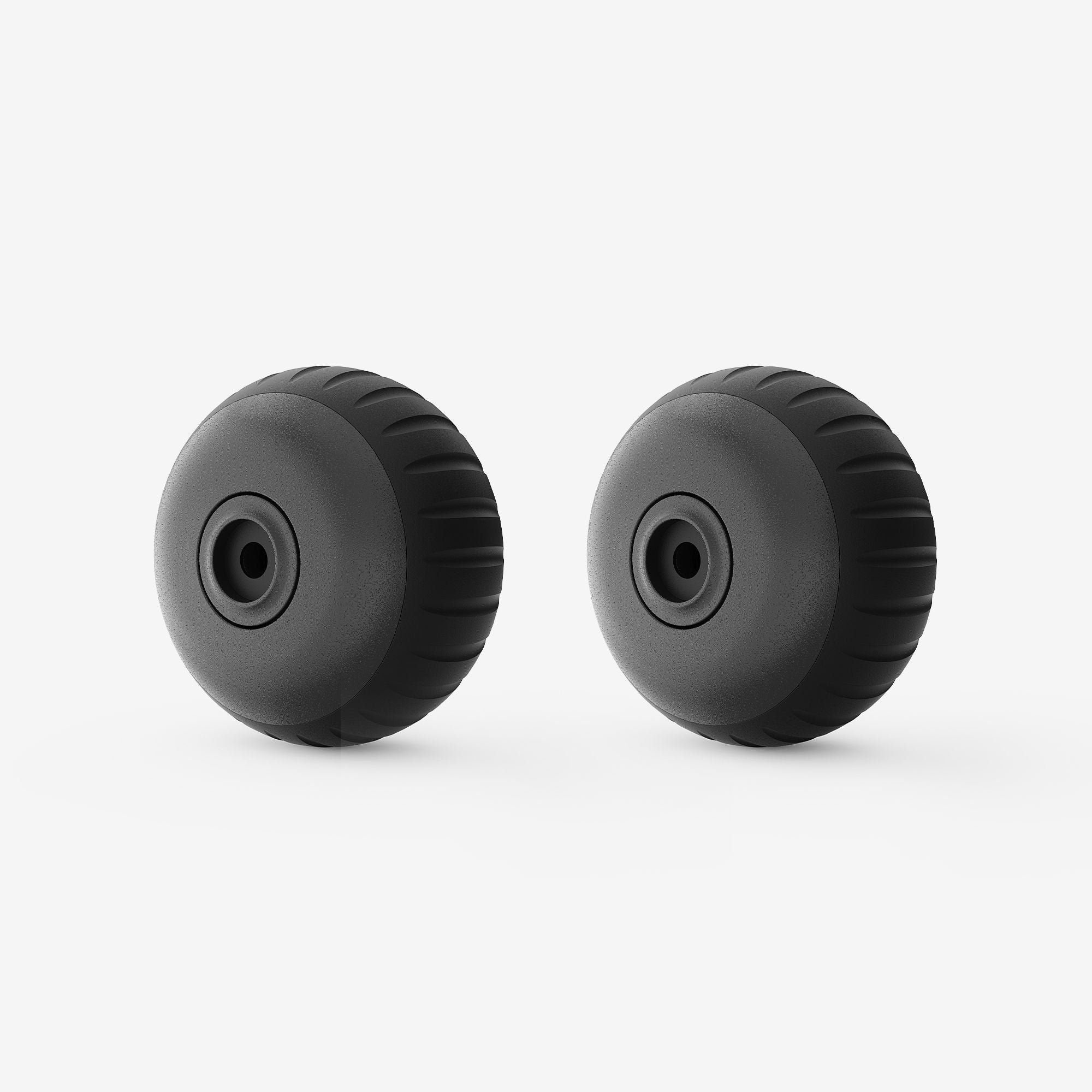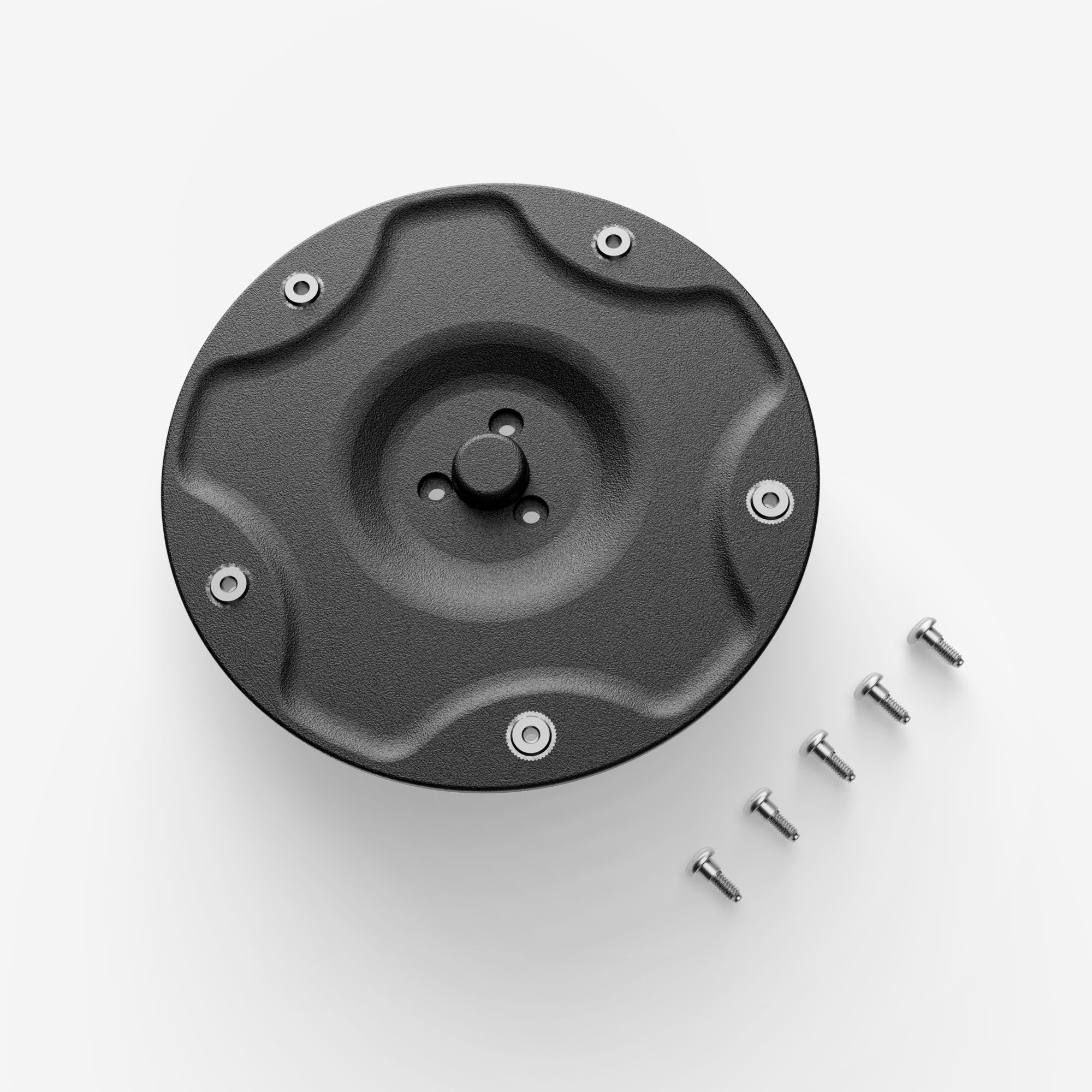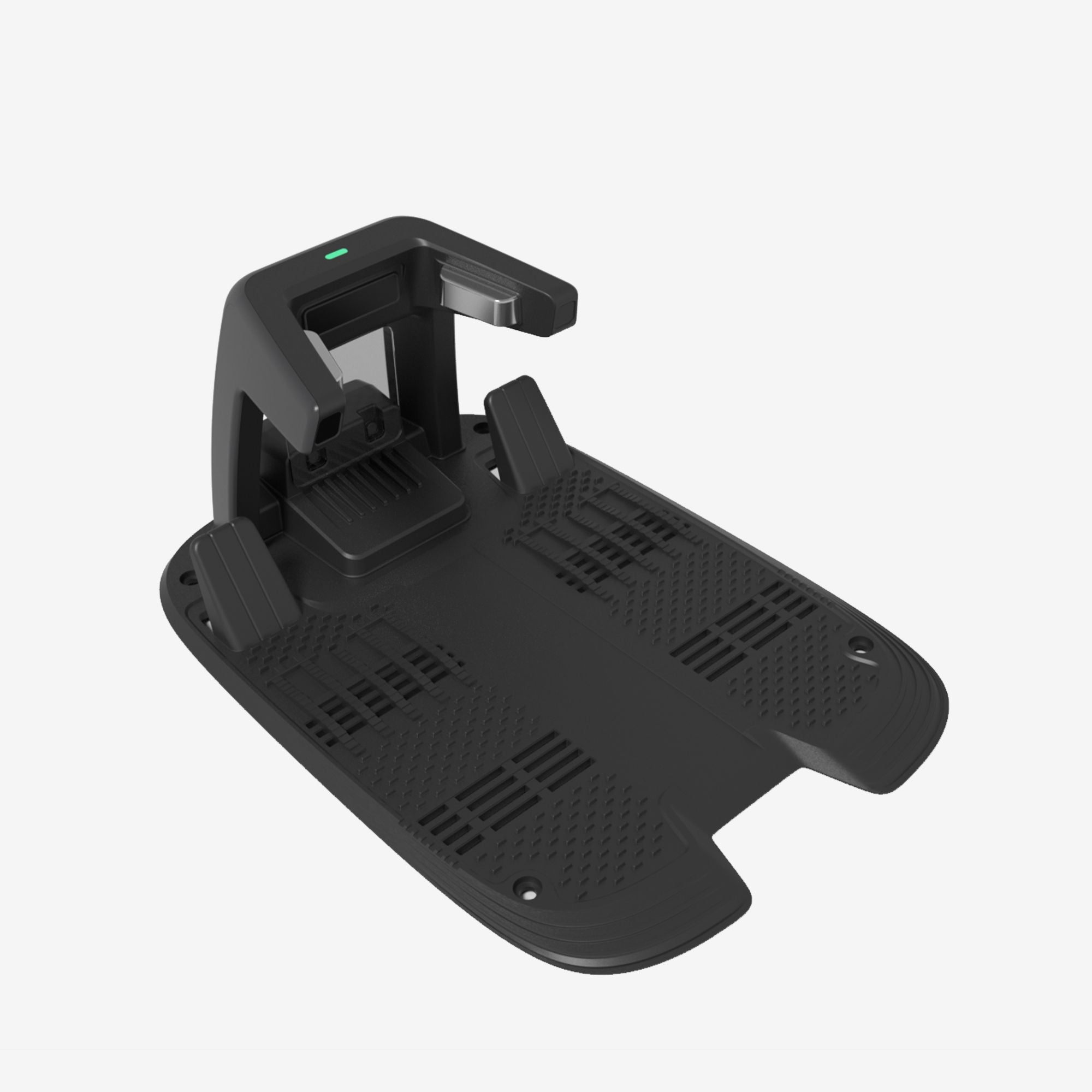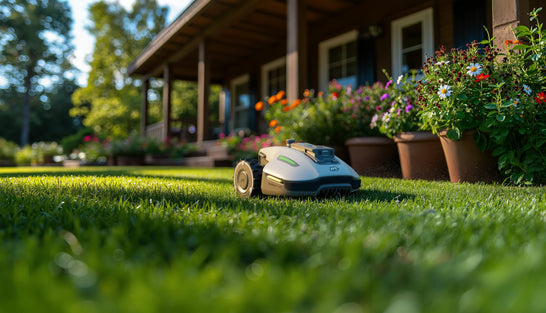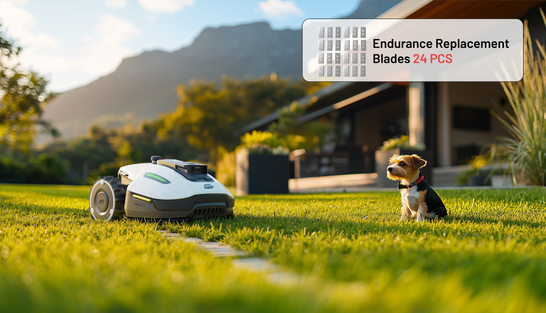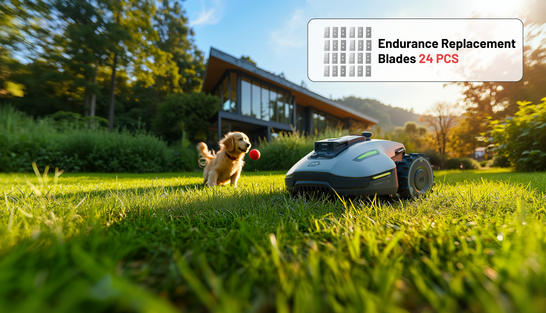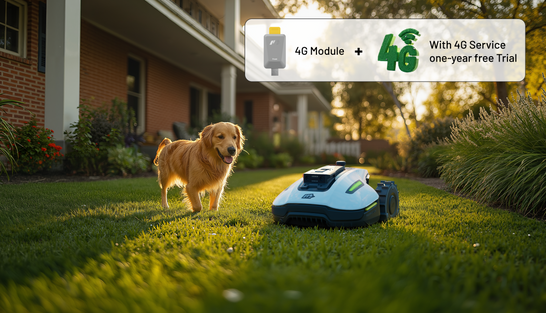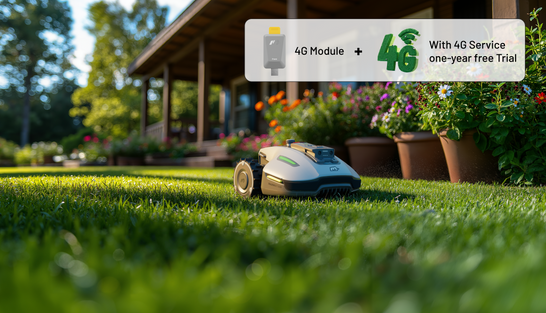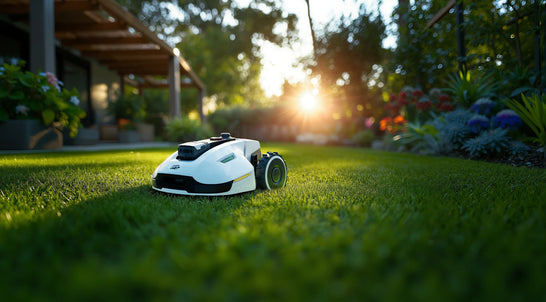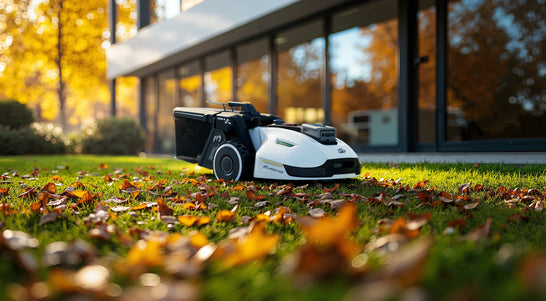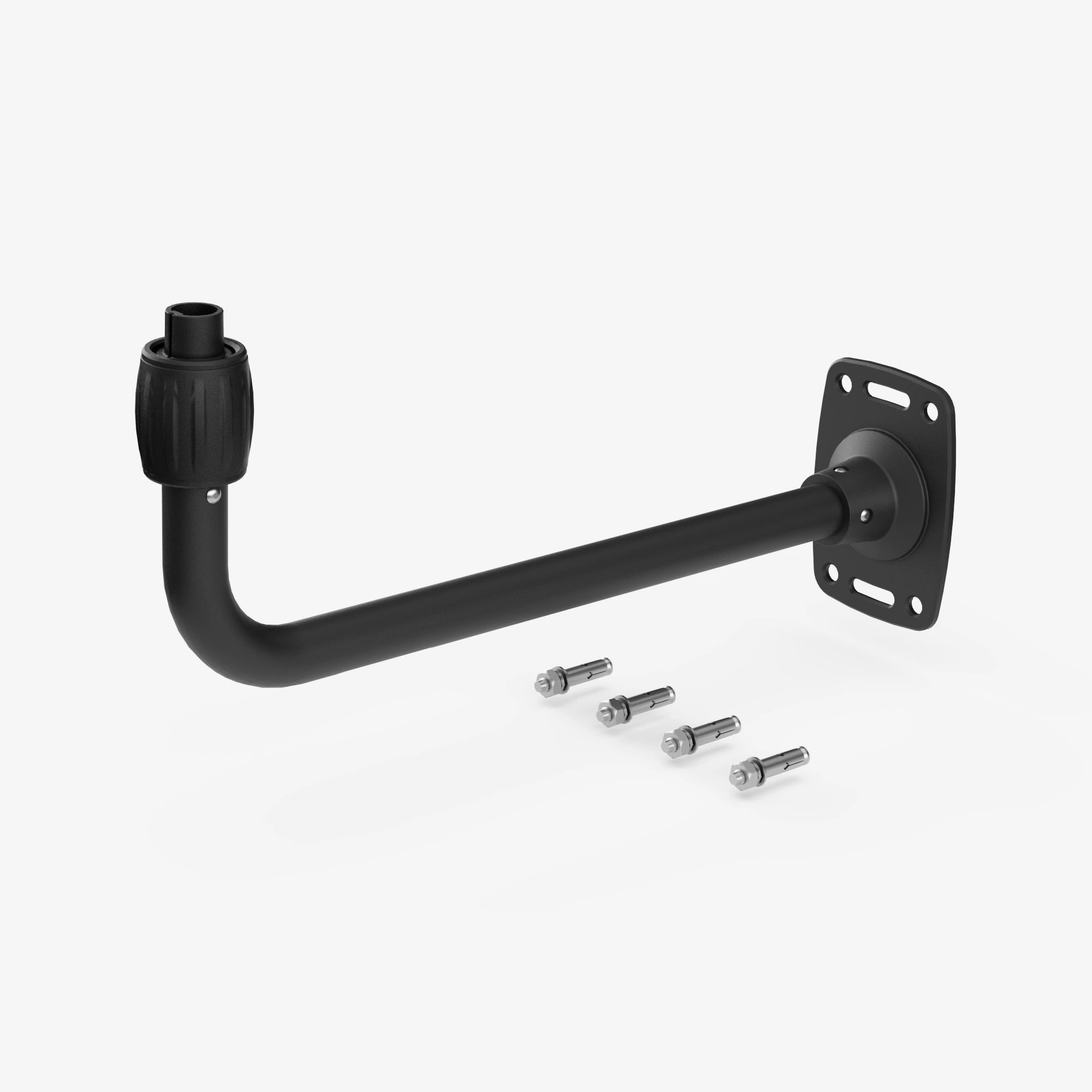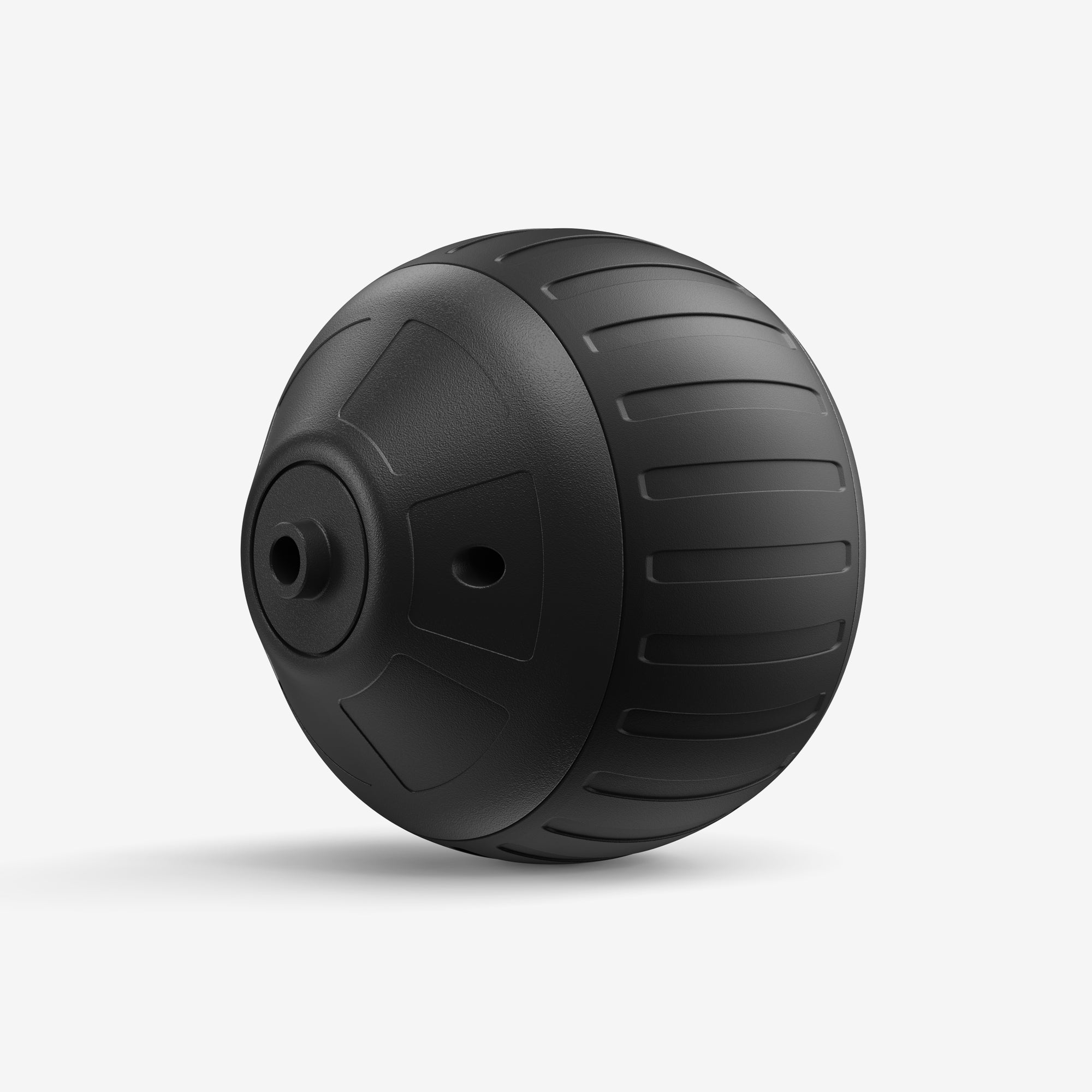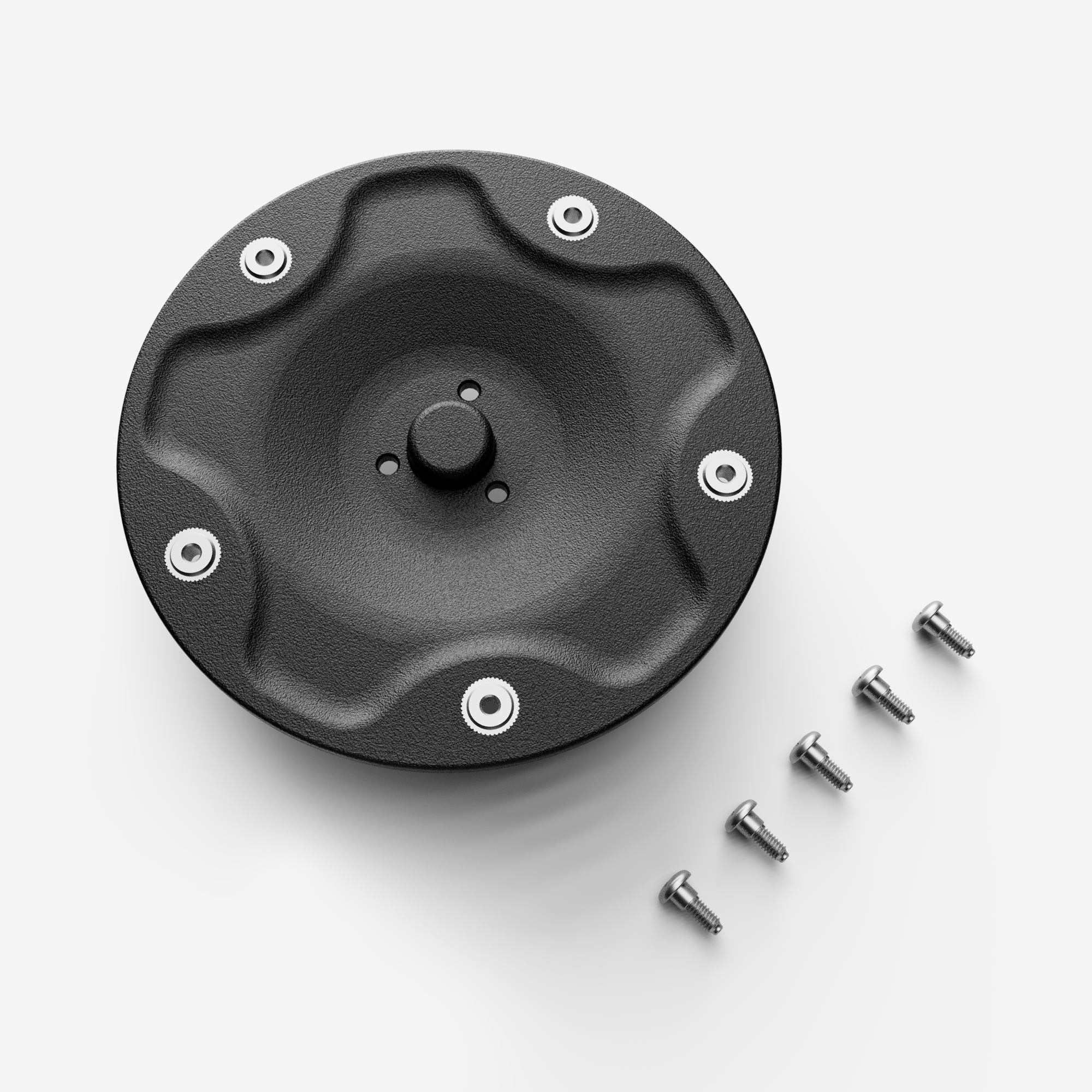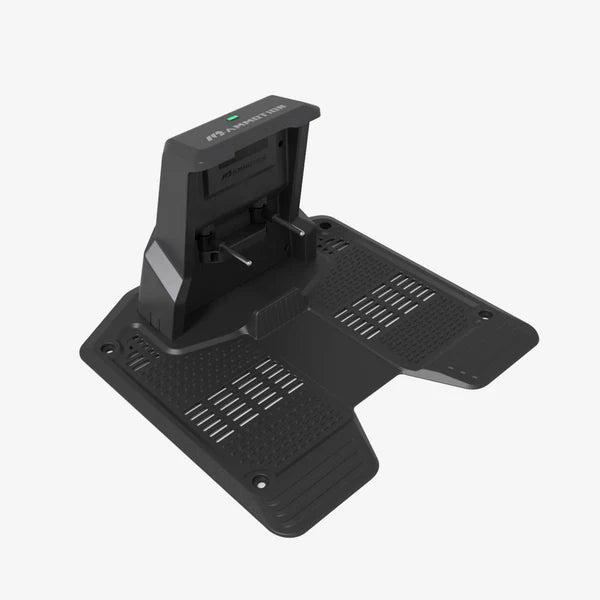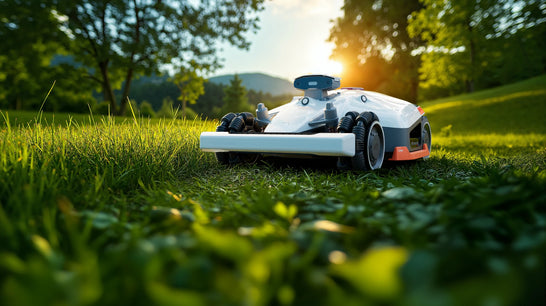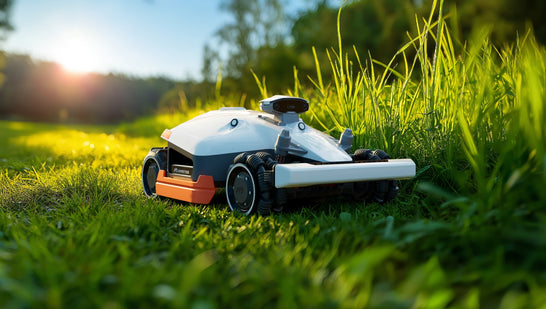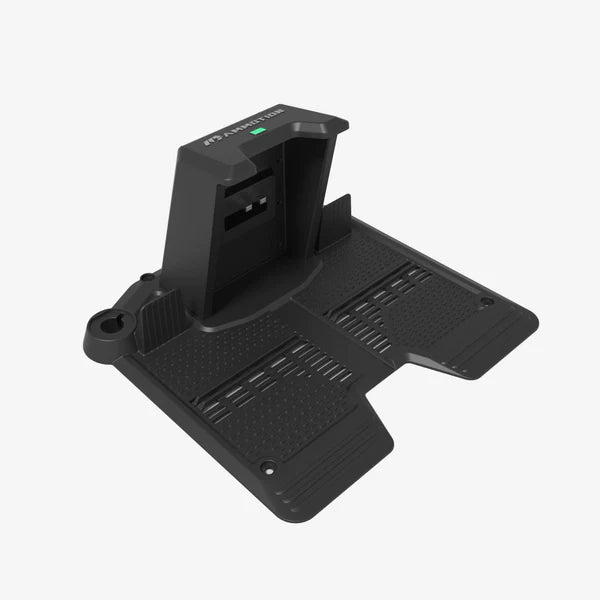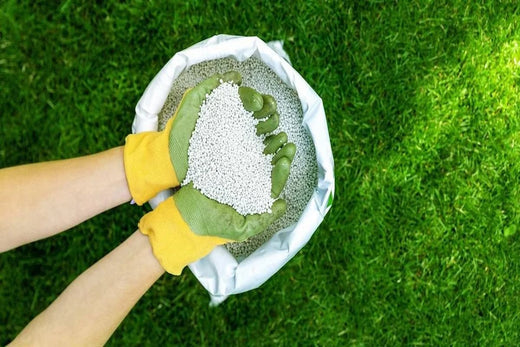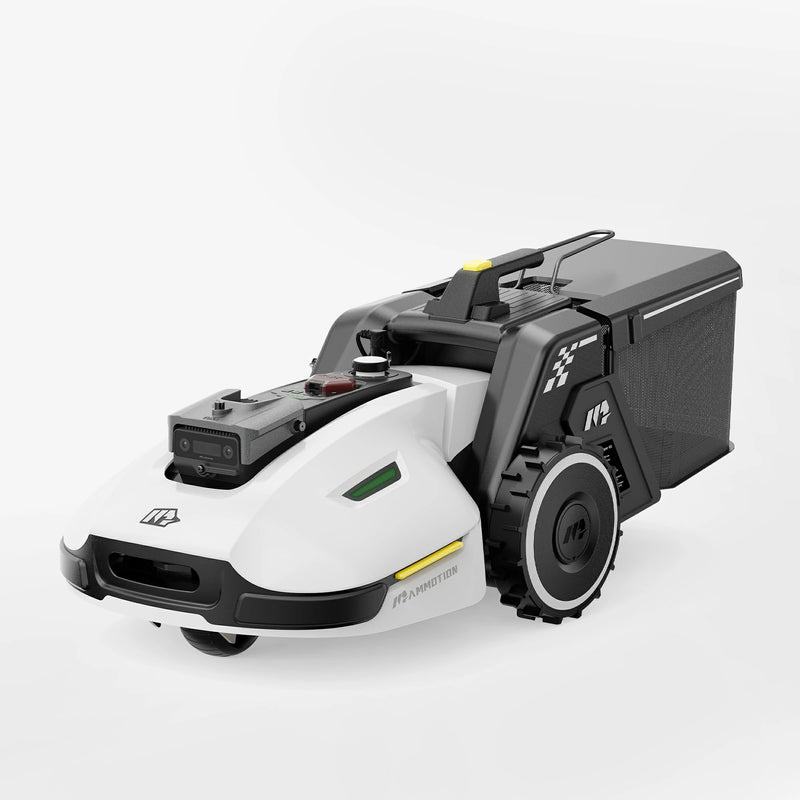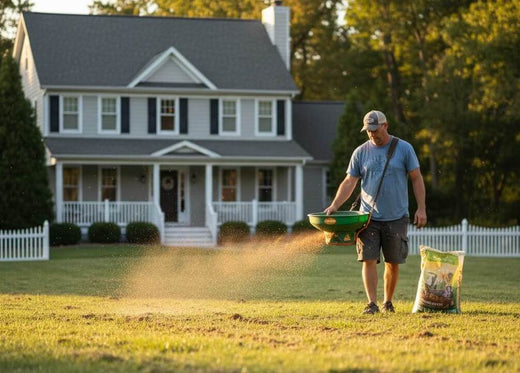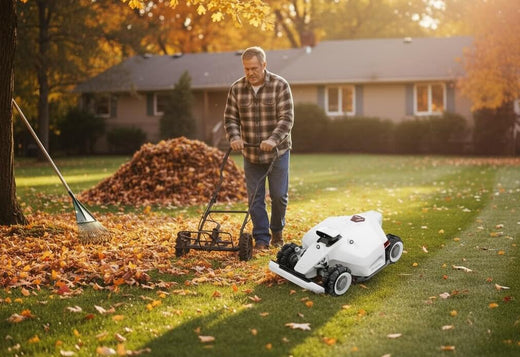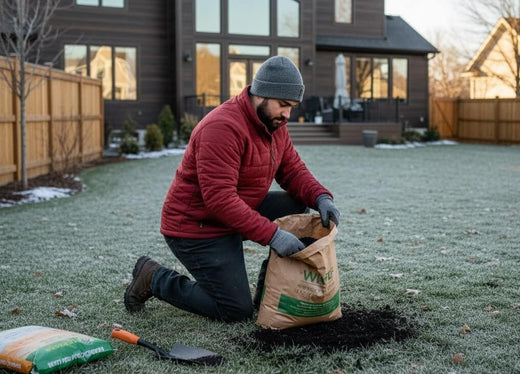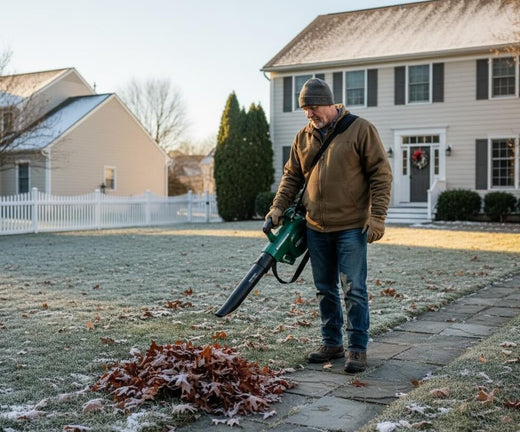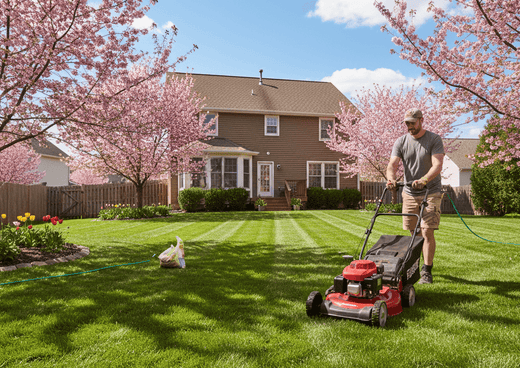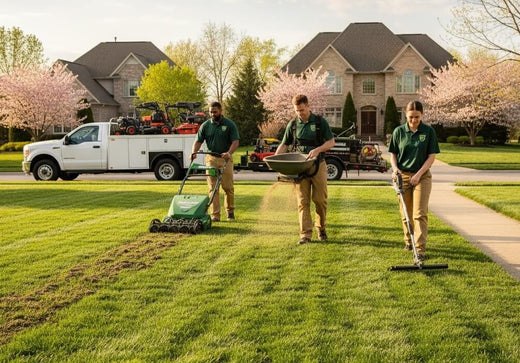A healthy lawn starts with the right nutrients, which is why fertilizer is a key part of spring lawn care. Applying fertilizer in spring helps your grass recover from winter’s dormancy, develop lush, thick growth, and build resilience against weeds, diseases, and drought. The key is choosing the right spring lawn fertilizer—one that suits your grass type, soil condition, and regional climate.
In this comprehensive guide, we’ll walk you through how to choose the best grass fertilizer for spring, so your lawn gets the essential nutrition it needs to thrive all season long.
Why Spring Lawn Fertilization Matters
Why is spring the most crucial time to fertilize your lawn? Because your grass is waking up from its winter dormancy and actively growing. Fertilizing during this period provides essential nutrients that promote strong root development, vigorous blade growth, and overall lawn health. Here are the primary goals of spring fertilization:
- Stimulating Growth: Grass is hungry for nitrogen—the most important nutrient for leaf growth—helping it develop thick, lush blades and robust roots quickly.
- Enhancing Color: Nitrogen also plays a critical role in achieving that vibrant, rich green appearance homeowners desire.
- Strengthening Roots: Phosphorus contributes to establishing a healthy root system, which is essential for long-term resilience and drought tolerance.
- Boosting Lawn Health: A balanced nutrient mix helps your grass grow dense enough to crowd out weeds and prevent disease, ensuring a healthy lawn all season.
How to Choose the Best Grass Fertilizer for Spring
Choosing the best grass fertilizer for spring is a critical step in ensuring your lawn gets the proper nutrients it needs for a successful growing season. To make the right choice, consider several factors such as climate, grass type, soil conditions, and any existing lawn problems. Here’s a guide to help you choose the perfect spring lawn fertilizer for your lawn.
1. Understand Your Local Climate
The climate plays a major role in determining the best fertilizer for your lawn. Different regions have different needs based on temperature and rainfall, which will affect the type of fertilizer you need.
- Cool-season grasses: These thrive in cooler climates and are most active during the spring and fall months. If you live in a region with cooler temperatures, fertilizers with higher nitrogen content are ideal to support early growth. Popular cool-season grasses include Kentucky Bluegrass and Perennial Ryegrass.
- Warm-season grasses: These grasses grow best in warmer climates and are active in the summer. If you live in a warmer area, you’ll want a spring lawn fertilizer with a balanced mix of nutrients, providing steady growth during the hotter months. Grasses like Bermuda, Zoysia, and St. Augustine require this kind of fertilizer.
2. Determine the Type of Grass You Have
Identifying the type of grass in your lawn is crucial for choosing the right fertilizer. Each type of grass has unique needs when it comes to nutrients.
- Cool-season grasses: These grasses, such as Kentucky Bluegrass, require a higher nitrogen content to stimulate rapid growth in early spring.
- Warm-season grasses: Grasses like Bermuda or Zoysia will benefit from a balanced fertilizer that supports growth in the heat of the summer.
If you're unsure about your grass type, check the seed label or consult with local gardening experts to ensure you’re using the right fertilizer for your lawn.
3. Test the Soil on Your Lawn
Before applying any fertilizer, it's important to understand the health of your soil. Testing your soil will give you a clear picture of its nutrient levels and pH balance, allowing you to select the best grass fertilizer for spring that addresses any deficiencies.
- DIY Soil Test Kits: These are readily available and can provide a basic understanding of your soil’s nutrient levels.
- Professional Soil Testing: For more detailed information, consider sending a soil sample to a local agricultural lab or university extension service. This will help you identify any deficiencies such as nitrogen or phosphorus and guide your fertilizer choice.
4. Identify Existing Lawn Problems
Take note of any issues with your lawn, such as yellowing grass, thin spots, or pest infestations. These problems may indicate nutrient imbalances that can be corrected with the right spring lawn fertilizer.
- Yellowing grass: Often a sign of nitrogen deficiency, requiring a nitrogen-rich fertilizer.
- Thin or patchy grass: This could indicate a shortage of phosphorus or potassium.
- Weeds and pests: Fertilizing can help your lawn become thick and healthy, outcompeting weeds and pests, but it’s important to also address these problems separately with targeted treatments.
Types of Fertilizers
When selecting a spring lawn fertilizer, it’s important to understand the different types available, as each has unique features and benefits. Here are the most common types of fertilizers you’ll encounter, and how they relate to the best grass fertilizer for spring needs:
1. Granular Fertilizers
Granular fertilizers are one of the most popular choices for lawn care and can be found in both slow-release and quick-release formulas. They provide flexibility based on your lawn's specific needs and growth rate.
- Slow-Release Fertilizers: These fertilizers gradually release nutrients over time, providing your lawn with a steady nutrient supply for several weeks or months. This is particularly useful in spring when you want your lawn to receive consistent nutrition without the risk of overfeeding.
- Quick-Release Fertilizers: Offering a rapid nutrient boost, these fertilizers are ideal for early spring when your lawn needs an initial burst of energy to jump-start growth. While they promote quick greening, they can cause a surge in growth that may require more frequent mowing, recommend you use a robot lawn mower like Mammotion YUKA, it can be swept and auto-empted with an optional sweeper kit. Quick-release fertilizers are best used in the early stages of the growing season to provide an immediate, visible result.
2. Liquid Fertilizers
Liquid fertilizers are absorbed more quickly by grass compared to granular types, providing faster results. They are a great option when you need quick greening or spot treatments for problem areas.
- Foliar Feeding: Liquid fertilizers can be applied directly to the grass blades, allowing for immediate absorption of nutrients. This method is especially helpful for addressing nutrient deficiencies during the growing season, making liquid fertilizers a great complement to your spring lawn fertilizer routine.
- Concentrated vs. Ready-to-Use: Liquid fertilizers come in concentrated forms that need to be diluted and ready-to-use formulas for convenience. While ready-to-use products are easy to apply, concentrated forms may be more cost-effective for larger lawns, ensuring that you’re getting the best grass fertilizer for spring at an economical price.
3. Organic Fertilizers
Organic fertilizers, derived from natural materials such as compost, manure, or plant-based substances, release nutrients slowly over time. These fertilizers not only provide essential nutrients but also improve soil health and increase microbial activity.
- Benefits: Organic fertilizers are less likely to burn your lawn, making them a safer option for sensitive grasses. Over time, they improve soil structure and fertility, leading to healthier lawns. They’re perfect for those seeking an eco-friendly solution for their spring lawn fertilizer needs.
- Drawbacks: While organic fertilizers offer long-term benefits, they typically don’t provide immediate results. They may need to be applied more frequently, making them a slower option for quick results, especially in early spring when your lawn needs a rapid energy boost.
4. Synthetic (Chemical) Fertilizers
Synthetic fertilizers are manufactured to provide specific nutrients in precise amounts. These are often more concentrated in nitrogen, phosphorus, and potassium, leading to faster results in the form of rapid growth and greening.
- Benefits: Synthetic fertilizers are fast-acting and cost-effective, making them an ideal choice for homeowners looking for immediate results in the early stages of the growing season. For quick greening and boosting lawn health in spring, synthetic fertilizers are often among the best grass fertilizer options.
- Drawbacks: Overuse of synthetic fertilizers can lead to nutrient imbalances and soil degradation. They also pose potential risks to the environment if not applied carefully. It’s essential to follow the recommended guidelines to avoid damaging your lawn.

What Is the Best Fertilizer for Lawns in Spring?
Choosing the best grass fertilizer for spring largely depends on your location and the type of grass in your lawn. Different regions and grass types require specific nutrient compositions to thrive, so it’s crucial to pick the right fertilizer to maximize your lawn’s health and appearance. Here’s a guide to help you make the best choice for your unique lawn care needs.
If You Live in the North:
For cool-season grasses like Kentucky bluegrass, perennial ryegrass, tall fescue, and fine fescue, the Scotts® Turf Builder® Triple Action is one of the best spring lawn fertilizers available. This all-in-one formula delivers three key benefits to support healthy lawn growth and maintenance:
- Nutrient Boost: Provides essential nutrients to help your lawn green up and develop thick, robust turf. It also promotes strong root development to withstand heat and drought later in the season.
- Weed Control: Effectively kills common spring weeds such as dandelion, clover, and other broadleaf varieties, ensuring your lawn remains lush and weed-free.
- Weed Prevention: Prevents the emergence of new weeds, including crabgrass, for up to four months, maintaining a pristine lawn throughout spring and into summer.
Application Tip: The best time to apply this fertilizer is when dandelions begin to flower, signaling the start of the growing season. About 6 to 8 weeks after using Scotts® Turf Builder® Triple Action, follow up with Scotts® Turf Builder® Lawn Food to maintain vigorous and healthy growth throughout the year.
If You Live in the South:
Southern lawns present unique challenges, including persistent weeds like dollarweed and clover, as well as pest issues such as fire ants. For warm-season grasses like St. Augustine, centipede, zoysia, and carpetgrass, Scotts® Turf Builder® Southern Triple Action is a highly effective choice. This specially formulated product addresses three major lawn care needs:
- Weed Control: Kills broadleaf weeds as listed on the label, including tough Southern invaders.
- Fire Ant Control: Provides fire ant protection for up to six months, ensuring your lawn remains safe and enjoyable.
- Nutrient Boost: Feeds your lawn to encourage dense, green growth that withstands heat and stress.
Application Tip: For best results, follow up with Scotts® Turf Builder® Southern Lawn Food FL about 6 to 8 weeks after applying Southern Triple Action. To maintain optimal health and appearance, fertilize your lawn four times a year, especially during peak growing seasons.
When and How to Apply Fertilizer Properly
Achieving a lush, healthy lawn requires not only choosing the right spring lawn fertilizer but also knowing when and how to apply it effectively. Let’s break down the key steps to make sure your lawn gets the maximum benefit from fertilization.
1. Best Times to Fertilize Your Lawn
Timing is everything when it comes to fertilizing your lawn. Properly timed applications ensure your grass gets the nutrients it needs for vigorous growth and vibrant color. Here’s a seasonal guide to help you plan:
- Early Spring (Late March to Early April): For cool-season grasses like Kentucky bluegrass, perennial ryegrass, and fescue, this is the ideal time to start fertilizing. As the growing season kicks off, a well-balanced spring lawn fertilizer helps jump-start growth, promotes green color, and enhances root strength. This period often coincides with applying pre-emergent weed control (e.g., crabgrass preventers).
- Late Spring (May to Early June): A second application is essential for cool-season lawns and the first major feeding for warm-season grasses such as Bermuda, St. Augustine, and zoysia. Replenishing nutrients at this stage supports continuous growth and prepares the lawn for the upcoming summer stress.
- Early Summer (June to July): Applying a slow-release fertilizer at this time helps strengthen the lawn’s resilience against heat and drought. It’s particularly beneficial for warm-season grasses entering their peak growth phase.
- Fall (September to November): Fertilizing in autumn is crucial for cool-season lawns, as it aids in recovering from summer stress and stores energy for winter dormancy. For warm-season lawns, a late-fall application encourages better root development and disease resistance.
Tip: Opting for slow-release fertilizers can reduce application frequency while still providing consistent nourishment. This is a convenient alternative to the traditional four-times-a-year schedule.
2. How to Apply Fertilizer Correctly
Even the best lawn fertilizer for spring won’t deliver great results if applied incorrectly. Following proper techniques ensures optimal coverage and nutrient absorption.
1. Select the Right Tool:
- Broadcast Spreaders: Ideal for large lawns, providing even coverage over wide areas.
- Drop Spreaders: Perfect for smaller lawns or areas where precise application is essential.
2. Follow Manufacturer Guidelines: Always adhere to the recommended application rate listed on the fertilizer package. Over-fertilization can lead to grass burn, excessive thatch buildup, and potential environmental harm.
3. Double Coverage: For thorough application, use a crisscross pattern:
- Apply the fertilizer in one direction (e.g., north to south).
- Repeat the application at a 90-degree angle (e.g., east to west).
3. The Role of Watering in Fertilization
Proper watering is essential to activate nutrients and ensure they reach the root zone effectively.
- Granular Fertilizers: After spreading, water lightly to help the granules dissolve and release nutrients.
- Slow-Release Fertilizers: Maintain consistent moisture levels without overwatering, which can wash nutrients away before they penetrate the soil.
Pro Tip: Less is More with Slow-Release Fertilizers
Using a premium slow-release formula like GreenView Fairway Formula Lawn Fertilizers can nourish your lawn for up to 12 weeks. With just two applications per year—one in spring and one in fall—you can achieve outstanding results without frequent treatments.
Tips for Right Fertilizing Your Lawn
Applying spring lawn fertilizer correctly is essential to achieving a lush, healthy lawn. Follow these practical tips to get the best results from your fertilization efforts.
1. Apply the Right Amount of Fertilizer
Applying too much or too little fertilizer can harm your lawn’s health. Over-fertilization can burn the grass, while under-fertilization leaves your lawn malnourished and weak.
- Check Labels and Spreader Settings: Always read the fertilizer label and adjust your spreader’s settings accordingly.
- Ensure Even Coverage: Use a broadcast or drop spreader and apply the fertilizer in a crisscross pattern for uniform distribution. This prevents patches of over- or under-fertilization.
2. Water Your Lawn Before and After Application
Proper watering enhances nutrient absorption and helps prevent fertilizer burn.
- Pre-Application Watering: Water your lawn a day or two before applying fertilizer to ensure the soil is moist but not overly saturated.
- Post-Application Watering: After spreading fertilizer, lightly water your lawn to help nutrients penetrate the soil and reach the roots.
- Fertilizing Before Rain: If rain is expected soon, applying fertilizer just before the downpour can help with absorption. However, if your fertilizer contains weed control ingredients, make sure the lawn has been dry for at least 24 hours before fertilizing.
3. Avoid Fertilizing in Dry Conditions
Applying fertilizer during dry or drought-like conditions can cause it to sit on the grass blades, leading to burnt grass and poor absorption.
- Fertilize When the Lawn Is Moist: For best results, fertilize when the grass is slightly damp from watering or natural rainfall.
- Avoid High-Temperature Days: Hot, dry weather can cause rapid evaporation, reducing fertilizer effectiveness.
4. Consider Local Fertilization Regulations
In some areas, regulations may restrict when and how you can apply fertilizers, particularly those containing phosphorus.
- Check Local Guidelines: Be aware of any seasonal fertilizing restrictions or phosphorus usage limits in your area.
- Use Phosphorus-Free Fertilizers When Needed: To protect local water bodies from contamination, opt for fertilizers labeled as phosphorus-free if regulations require it.
5. Follow the Recommended Fertilizing Schedule
Creating and sticking to a proper fertilization schedule is key to maintaining a healthy lawn throughout the year.
- Ideal Feeding Times: For most lawns, fertilization should occur in early spring, late spring, early summer, and fall.
- Avoid Fertilizing During Extreme Heat: High temperatures can stress your lawn, making fertilization less effective.
- Prepare for Winter: Make sure to fertilize before the grass enters dormancy in winter to help it store energy for the following growing season.
Final Thoughts
Applying the right spring lawn fertilizer at the right time and using proper techniques is essential for a lush, green lawn. By understanding the types of fertilizers available, applying them correctly, and following best practices, you’ll give your lawn everything it needs to thrive.
Frequently Asked Questions
1. What is the first thing you put on your lawn in the spring?
The first thing you should do for your lawn in the spring after a winter of dormancy is to rake off the debris and apply a well-balanced slow-release fertilizer to promote growth.
2. What is the first fertilizer to put down in the spring?
For lawns in the U.S. in the spring, most of the first application should be with a lawn fertilizer and a pre-emergent herbicide to prevent weeds from overgrowing while you fertilize.
3. Is 13-13-13 fertilizer good for lawns?
A 13-13-13 fertilizer is a balanced fertilizer containing equal parts of nitrogen, phosphorus, and potassium. While it can be used for lawns, it’s generally better suited for gardens, flower beds, or new lawns where uniform growth of leaves, roots, and fruits is desired. For lawns, a nitrogen-rich fertilizer is more effective for promoting green, healthy grass.
4. What is the best fertilizer number for spring grass?
The best fertilizer numbers for spring grass typically contain a higher nitrogen ratio, such as 20-5-10, or 16-4-8. Nitrogen promotes vigorous leaf growth and vibrant green color. Always select a formula tailored to your grass type and soil conditions for optimal results.
5. What is the best fertilizer to make your grass green?
For a rich, green lawn, choose a fertilizer with a high nitrogen content. Applying a slow-release nitrogen fertilizer in early spring ensures your grass stays green and healthy throughout the growing season.
6. Should you scalp your lawn in the spring?
Scalping a lawn involves cutting grass very low to remove dead blades and encourage fresh growth. It is recommended only for warm-season grasses like Bermuda and Zoysia. Scalping should be done right before the grass enters its active growing phase, usually in early spring. Avoid scalping cool-season grasses, as it can cause stress and damage.
7. How do I make my grass thicker in the spring?
To make your grass thicker in the spring, follow these steps:
- Apply a high-quality spring lawn fertilizer rich in nitrogen.
- Overseed thin areas with compatible grass seed.
- Water consistently, especially during dry periods.
- Mow properly, keeping your grass at the recommended height for your grass type.
- Aerate your lawn if it's compacted to improve air and nutrient penetration.
8. When not to apply lawn fertilizer?
Avoid applying lawn fertilizer during extremely hot or dry periods, as it can stress the grass and potentially cause burning. Also, avoid fertilizing when heavy rain is expected, as the nutrients can be washed away before absorption. For best results, apply fertilizer when the soil temperature is around 55°F to 65°F.
9. What is a good fertilizer schedule?
A good fertilizer schedule for most lawns is:
- Early Spring (March - April): Apply a nitrogen-rich fertilizer to promote growth and greening.
- Late Spring (May - June): Apply a balanced fertilizer to maintain health and prepare for summer stress.
- Early Fall (September - October): Fertilize to repair summer damage and prepare for winter.
- Late Fall (November - December): Apply a winterizer fertilizer to support root development.
Adjust the schedule based on your grass type and regional climate.
10. What goes first in spring, grass seed or fertilizer?
If you're planning to overseed bare or thin spots, it's best to spread the grass seed first. After seeding, apply a starter fertilizer that’s high in phosphorus (such as 10-20-10) to promote strong root development. If you’re only fertilizing established grass, apply the fertilizer directly and water it in thoroughly.

